Busy little biter
The bull ant in the pic, photographed in the Flagstaff Gardens, is like any you might find in your back yard. He looks ferocious and dangerous, and he’s rather pleased you think so.
He’ll give you a nip which hurts like billyo, but only when you intrude into his space. He’s far more interested in getting on with his work, and as Sundance might say, work is what ants are good at.
Like bees and termites, ants are great co-operators. Selflessly, they work for the good of the community, and for some sterile males it’s all work and no play as their whole life is spent foraging, nest-building and child-minding. Eat your hearts out ladies.
Royalty is not for weaklings and the Queen ant is no exception. Prepared to rough it, and perhaps to show off, she mates on the wing, and upon landing, like that classic tough guy who reckons he can beat anyone in the bar, she proceeds to knock off her wings on any available surface.
Excavating a small chamber in the ground, she holes up on her own ‘til the next year, her eggs hatching to produce worker ants which she feeds on her own body fluids. She finds this rather depleting of course but these tough Queens can survive for up to 15 years of this rigorous lifestyle. Later as adults, the ants will survive on nectar and small insects.
Proud housekeepers and excellent parents, ants will move their eggs from place to place, ensuring they’re constantly at the optimum temperature and humidity. As if this wasn’t enough, they continually lick the eggs to ensure they are free of fungus. And some dads balk at changing nappies!
Excellent navigators, ants use a variety of means to find their way home. Experiments where ants were placed on turntables to disorient them have shown some of these intrepid insects can navigate even in the dark, following scent trails. Others depended on light to achieve the same end. Although their sight is limited, ants use the general light of the sun to guide them, always taking the 15-degree movement of the sun per hour into account.
By the way, the reason the ant bite feels so severe is not so much the actual nip from its impressive mandibles, the real ouch factor comes when a chemical concoction is injected into the puncture made by the sting on the ant’s abdomen. A common habit of many insects and spiders, the fluid helps in the digestive process. This fluid is not dangerous to humans but as we all know, it will cause a red swelling and an annoying itch.
For years it was thought to be a simple formic acid but recent research has shown it is far more complex, similar to that of wasps and bees and therefore probably developing from a common ancestor. Studies of this venom will no doubt contribute to the understanding of the physiology of pain and may, in the future, lead to improvements in pain treatments.
Colonies of bull ants tend to be much smaller than those of other ant species, but typically, their nests are fearlessly protected. Prepared to attack intruders of any size, the bull ants usually succeed in driving them off, for like you and me, those intruders will probably have strong memories of their last sting.
There are about 100 known species of bull ant in Australia, Europeans first discovering them in 1770 (Joseph Banks – probably on a picnic). Joseph may have noticed the outside pair of jaws being used to carry off his choice bits of tucker, the inner pair for chewing it.
Growing to about 40 mm, they appear clumsy because even though, as stated, they have reasonable sight, they communicate through smell and touch. Unlike a bee, the sting has no barbs and can be used again [and again and …] as you will have noticed if you’ve ever had one caught down your strides.
Echidnas as we know are ant eaters, but it’s the larvae they seek rather than the adults. Still courageous however, they do suffer many stings while at their supper. I imagine the researchers have thought of it too, but perhaps a study of the echidna would also be an ideal way to develop a better understanding of pain control … mind you, I’d watch those spines, or it could be pain rather than pain control being studied.
If you would like to see more of my work, check my YouTube channel.

Jo Ryan unveils Ordered Chaos at Blender Studios


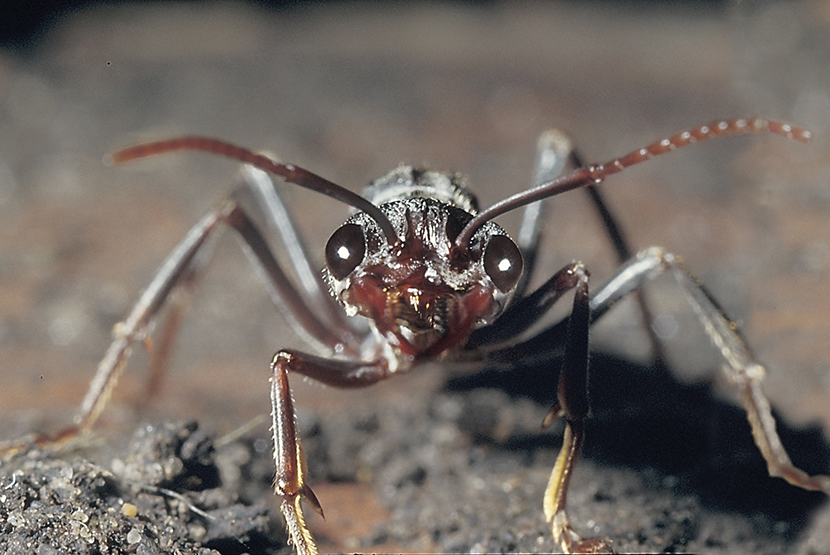
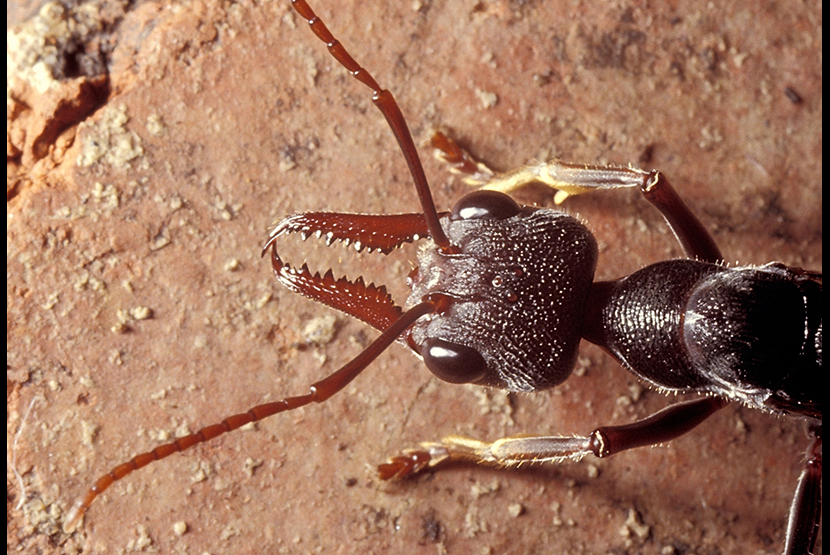

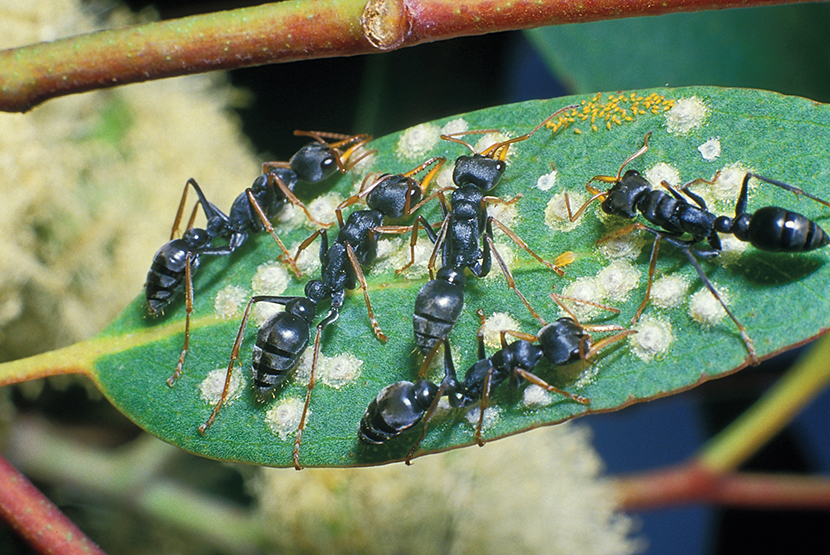
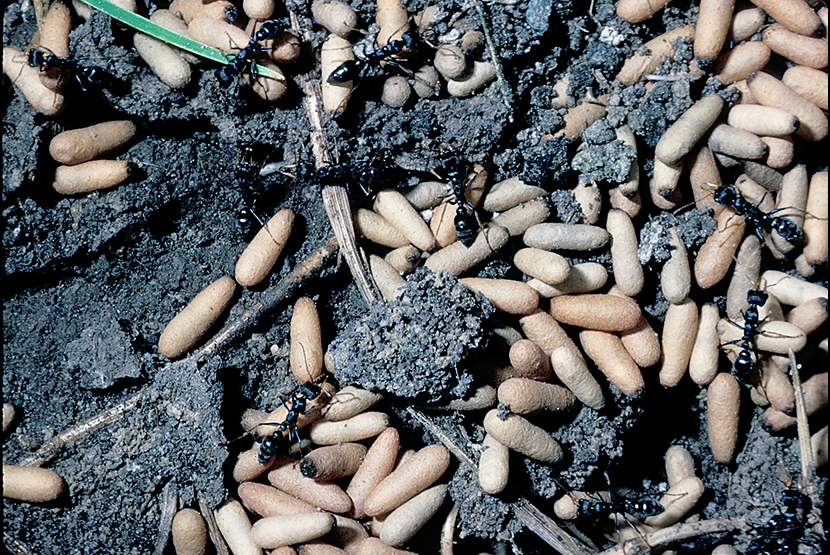
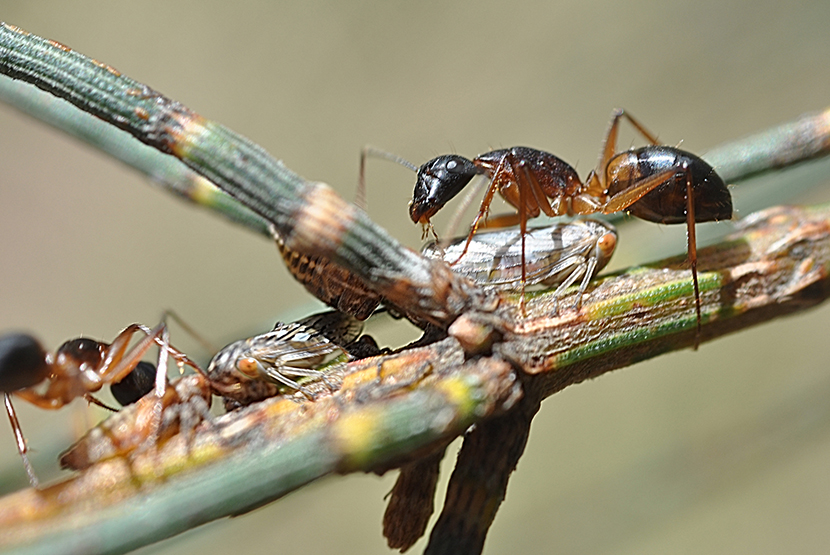
 Download the Latest Edition
Download the Latest Edition